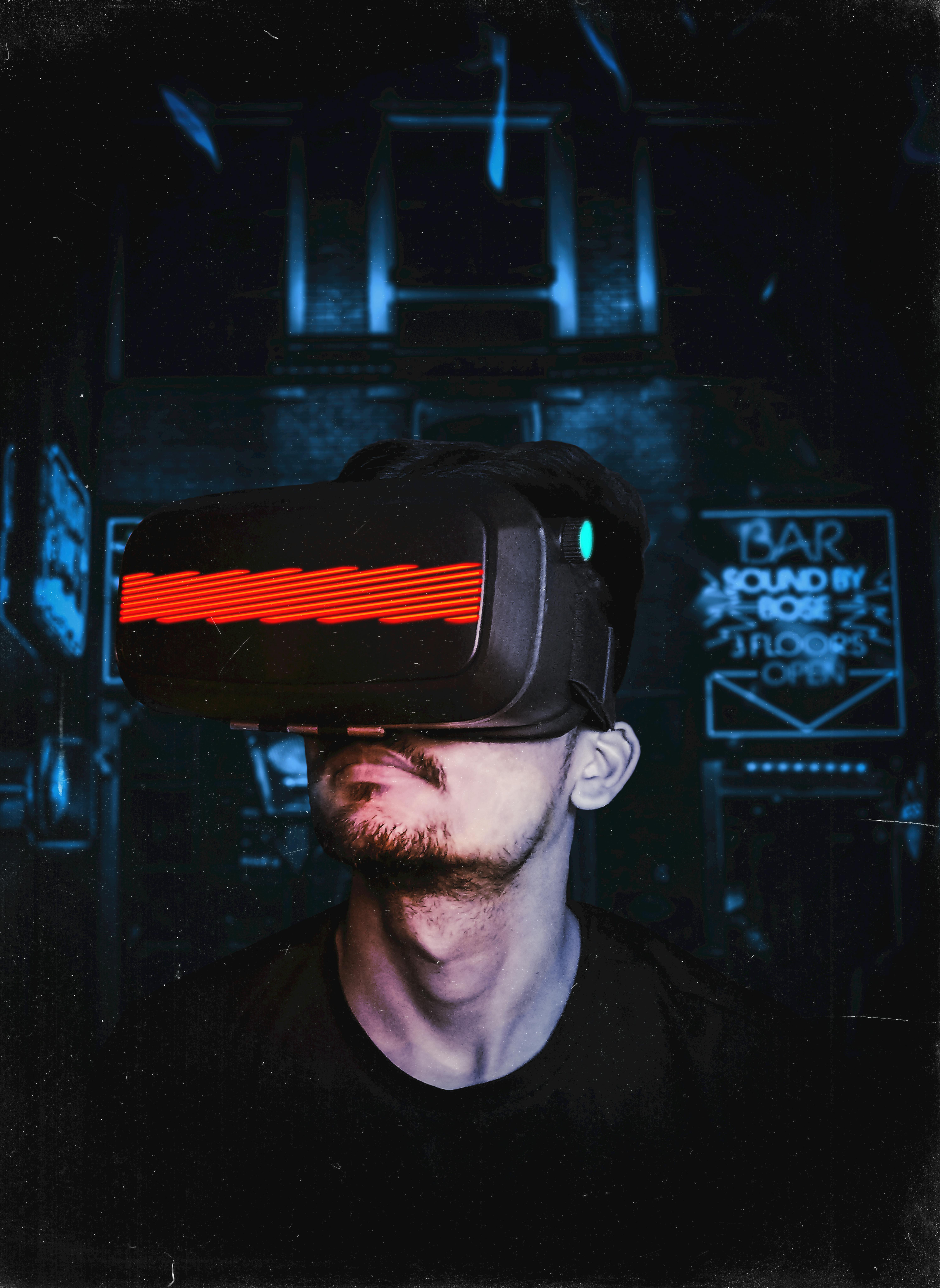
The iGaming industry is one of the most rapidly growing and changing industries out there. What was once considered a niche market is now a multi-billion dollar industry with no signs of slowing down. A big part of this growth can be attributed to the ever-evolving technology that is being used in iGaming. For instance, people are able to bet on Super Bowl games on betting websites as they live-stream the events.
One of the biggest and recent innovations in iGaming technology is the use of Virtual Reality (VR) and Augmented Reality (AR). These technologies are still in their infancy, but they are already starting to change the iGaming landscape. VR and AR offer a new level of immersion that was not possible before. With VR, players can be transported to another world where they can interact with other players and the game environment in a realistic way. You can be able to discuss different Super Bowl odds with a person that you are playing online casino games with.
The use of VR and AR in iGaming is still in early stages, but it is already clear that these technologies are going to have a big impact on the industry. It will be interesting to see how VR and AR evolve over time and what new possibilities they open up for iGaming.
What is virtual reality (VR) and augmented reality (AR)?
Virtual reality (VR) is a computer-generated environment that lets you experience a different place or situation. It’s sometimes called immersive multimedia or computer-simulated life. VR is made up of two components: hardware, such as a headset, gloves, or shoes; and software, which is the VR program that you view through the hardware. You can use VR to explore and interact with a 3D world.
Augmented reality (AR) is a live direct or indirect view of a physical, real-world environment whose elements are “augmented” by computer-generated sensory input, such as sound, video, graphics or GPS data. It is an enhanced version of reality where live direct or indirect views of physical real-world environments are augmented with superimposed computer-generated images over a user’s view of the real-world, thus enhancing one’s current perception of reality.
How is the use of VR and AR changing the iGaming industry?
The use of virtual reality (VR) and augmented reality (AR) is changing the iGaming industry in a number of ways. For one, it is providing a more immersive and realistic gaming experience for players. Additionally, it is helping to create new opportunities for marketing and advertising within the iGaming industry. Finally, VR and AR are also helping to improve the overall customer experience by making it more interactive and engaging.
Are there any challenges associated with using VR and AR in the iGaming industry?
While there are a number of challenges associated with using VR and AR in the iGaming industry, there are also a number of potential benefits that make it worth exploring. One of the key challenges is ensuring that players have a consistent and immersive experience, regardless of the device they are using. This can be difficult to achieve given the range of devices on the market, each with its own capabilities and limitations.
Another challenge is creating content that is engaging and entertaining enough to keep players coming back for more. This is especially important given the relatively short attention span of most gamers. Finally, there is the issue of cost. Creating high-quality VR and AR content can be expensive, which may limit its appeal to some developers and publishers.
Despite these challenges, VR and AR offer a number of potential benefits for the iGaming industry. For example, VR can provide players with an immersive and realistic gaming experience that is unlike anything else on the market. Additionally, AR can be used to create unique gaming experiences that are not possible with traditional video games. Finally, both VR and AR have the potential to attract new players to the iGaming industry who may not have been interested in traditional video games.